Training your dog to come when called, known as recall, is a vital skill that ensures their safety and fosters trust between you and your pet. A strong recall can prevent hazardous situations, such as running into traffic, and enhance the enjoyment of off-leash activities.
It teaches your dog that returning to you is always a positive and rewarding experience. The building blocks of practical recall training include the proper techniques, creating a consistent training routine, and gradually introducing distractions.
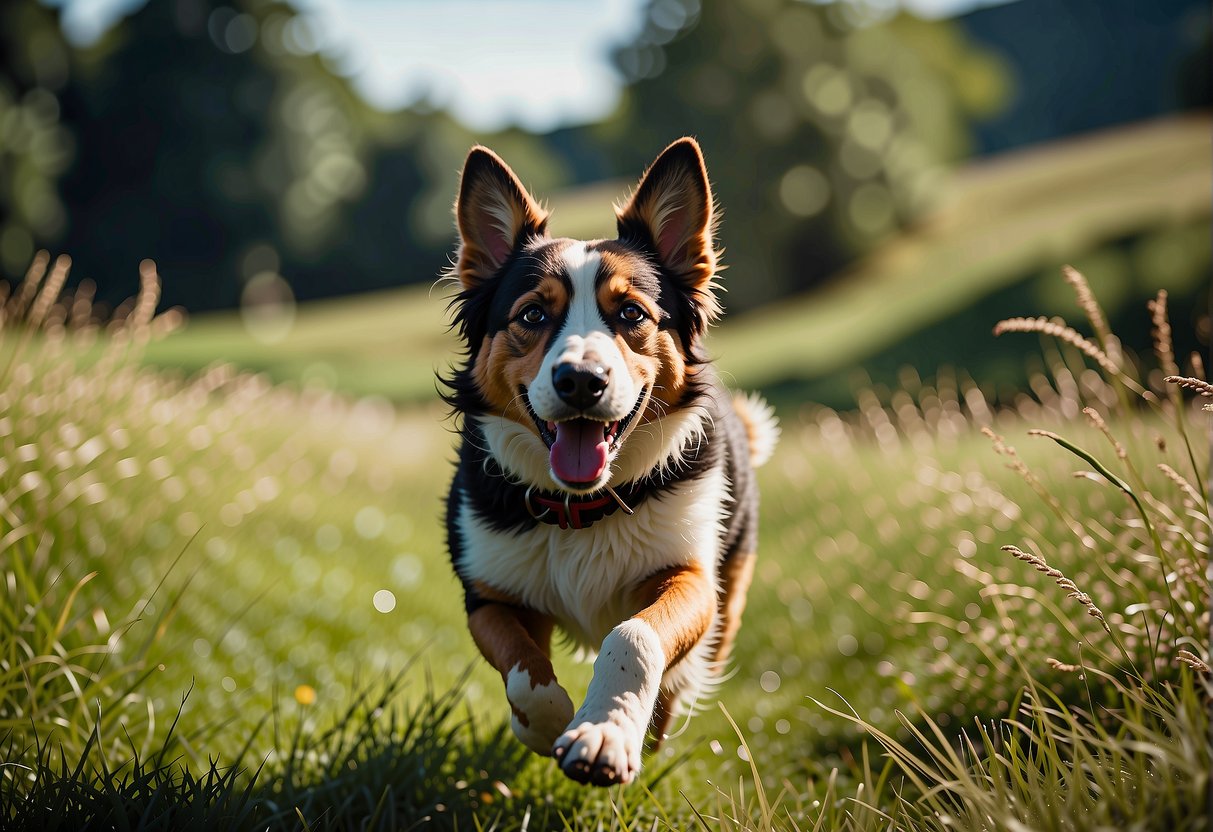
Understanding the principles of recall training is the foundation for a well-behaved dog. It typically includes positive reinforcements such as verbal acknowledgment for obeying the command.
The key is consistency and patience. Training should always be an enjoyable experience for the dog. Over time, by increasing difficulty and distractions in different environments, the dog’s recall can become reliable and automatic no matter the situation.
Key Takeaways
- Recall training is essential for a dog’s safety and allows for enjoyable off-leash activities.
- Consistent, positive command reinforcement is vital to teaching dogs reliable recall.
- Gradual introduction of distractions helps strengthen a dog’s recall response.
Understanding Dog Recall Training
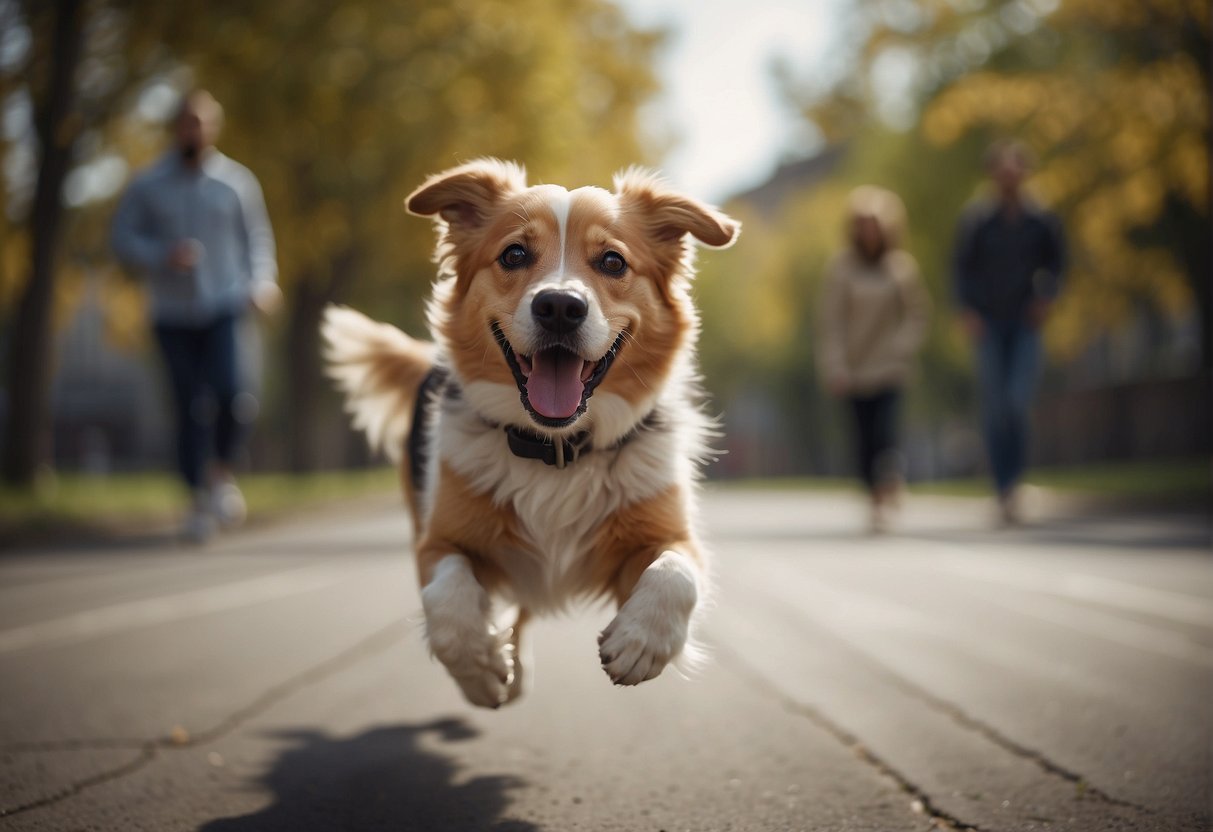
Recall training equips a dog with the ability to respond promptly when called, an essential skill that can be lifesaving in emergencies and helps strengthen the bond of trust between a dog and its owner.
What is Recall Training?
Recall training teaches a dog to come to their owner immediately upon hearing a cue such as “come” or their name. It’s a critical component of obedience training and involves systematic teaching techniques to ensure the dog learns to respond consistently.
The Importance of a Reliable Recall
A reliable recall is essential; it can save a dog’s life in an emergency. Whether averting a potential accident or calling the dog away from harmful substances, recall ability is a non-negotiable skill for safety. Moreover, it encourages off-leash trust, allowing dogs the freedom to explore while ensuring they return when required.
Foundations of Recall Training
The foundations of dog recall training are built upon positive reinforcement techniques, using food in the early stages and developing to using verbal commands.
Training begins in a distraction-free environment and progresses to more challenging contexts. The goal is for the dog to come when called every time, associating the return to its owner with positive experiences like praise.
This consistent practice lays the groundwork for a reliable recall no matter the circumstances.
Preparing for Recall Training
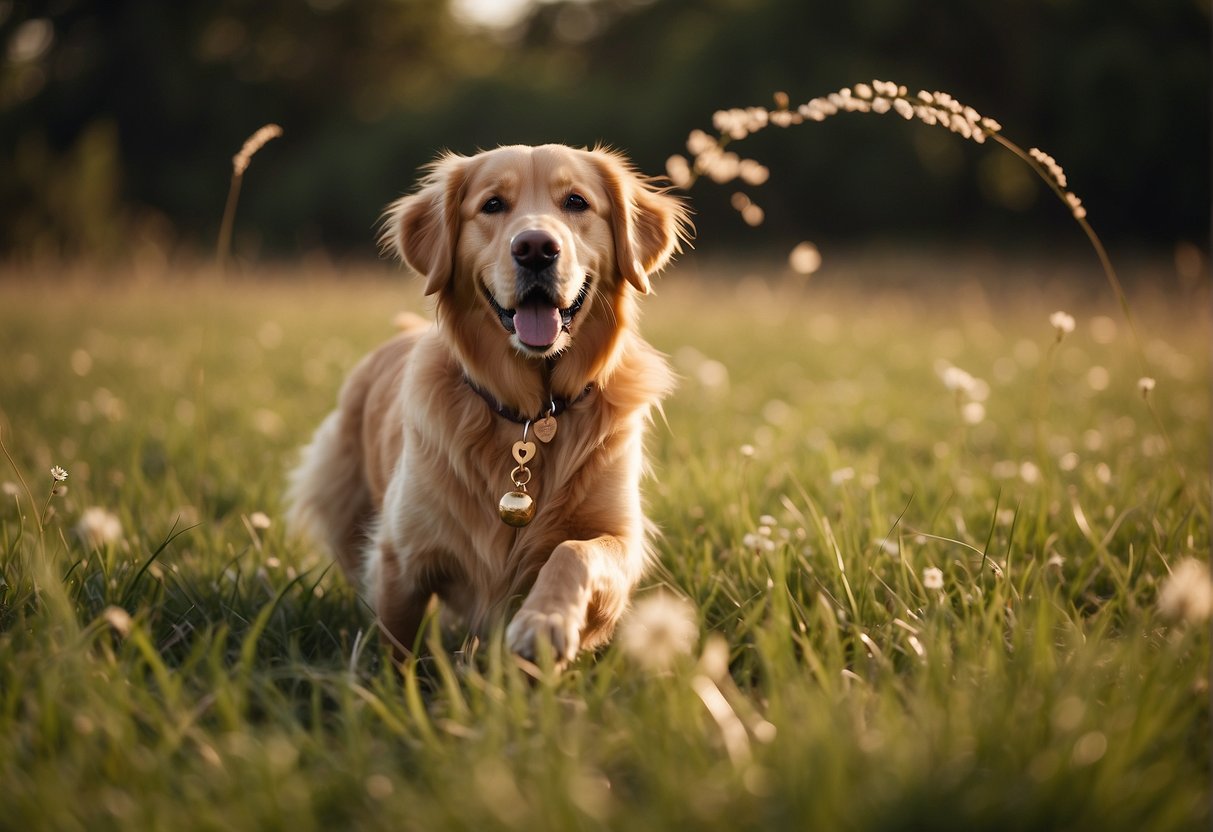
Before diving into recall training, gathering the right tools, choosing a suitable environment, and understanding what motivates your dog is essential. These initial steps set the stage for an effective and efficient training process.
Essential Training Tools
One can’t underestimate the importance of having the right tools for recall training.
Leashes of varying lengths are indispensable: a standard 6’ leash for controlled environments and a long lead, 10’ to 100’, depending on the dog’s ability to practice safely in more open areas.
Clickers are excellent markers for desired behavior, particularly when paired with commands. However, in our experience, clickers have become a nuisance to carry, so we do not use them in training.
Additionally, favorite toys can be effective rewards, especially for play-motivated dogs. We use toys or treats in our training early in the process and develop verbal commands when the dog is ready because it is not practical to always carry these things with you. You may find yourself in a difficult situation in an emergency without them.
Choosing the Right Environment
An appropriate environment minimizes distractions and ensures the dog’s focus.
Start in a quiet, enclosed space such as a fenced yard or an empty room. Once the dog shows reliability, gradually introduce the dog to more complex environments.
Factors to consider include space size, the presence of other animals, noise levels, and general foot traffic.
Understanding Your Dog’s Drive
Each dog possesses unique instincts and motivations. Understanding these can vastly improve recall training efficiency.
Some trainers believe that dogs with a high prey drive may respond better to dynamic, moving treats, whereas others might be more toy-driven, finding a tossed ball as a higher reward than food.
We encourage developing training using verbal cues as your “end game” tool for motivation and response. However, you may need to use food and safety as a motivator.
Basic Recall Training Techniques
Teaching a dog to respond to a recall command is essential for their safety and your peace of mind. Employing the proper techniques with clarity and consistency will establish a reliable response when calling your dog back to you.
The Recall Word and Its Importance
Choosing a recall word is the foundation of recall training, we recommend using the dog’s name.
Sometimes the dog associates “Come!” or “Here!” as the recall word or words. This can depend on what the dog has experienced with their owner or previous trainer. Consistency in using the same recall word is crucial, as it helps the dog understand precisely what is expected when it hears it.
Using Positive Reinforcement
Positive reinforcement is critical in training a dog to return when called.
This means rewarding the desired behavior, which encourages the dog to repeat it.
Praise or a marker word such as “Yes!” followed by a food reward, solidifies the correct action in the dog’s mind early in the training process.
The Role of Treats and Rewards
Some trainers believe that treat rewards are immediate and make the recall training more effective.
Utilizing treats as a reward is highly effective for training a dog to obey the recall command because many breeds respond to food.
Treats and toys are excellent command motivators early in the training process. The objective should be to transition from treats and toys to verbal commands because it is dangerous not to have these tools when needed most.
Building Up Recall in Different Scenarios
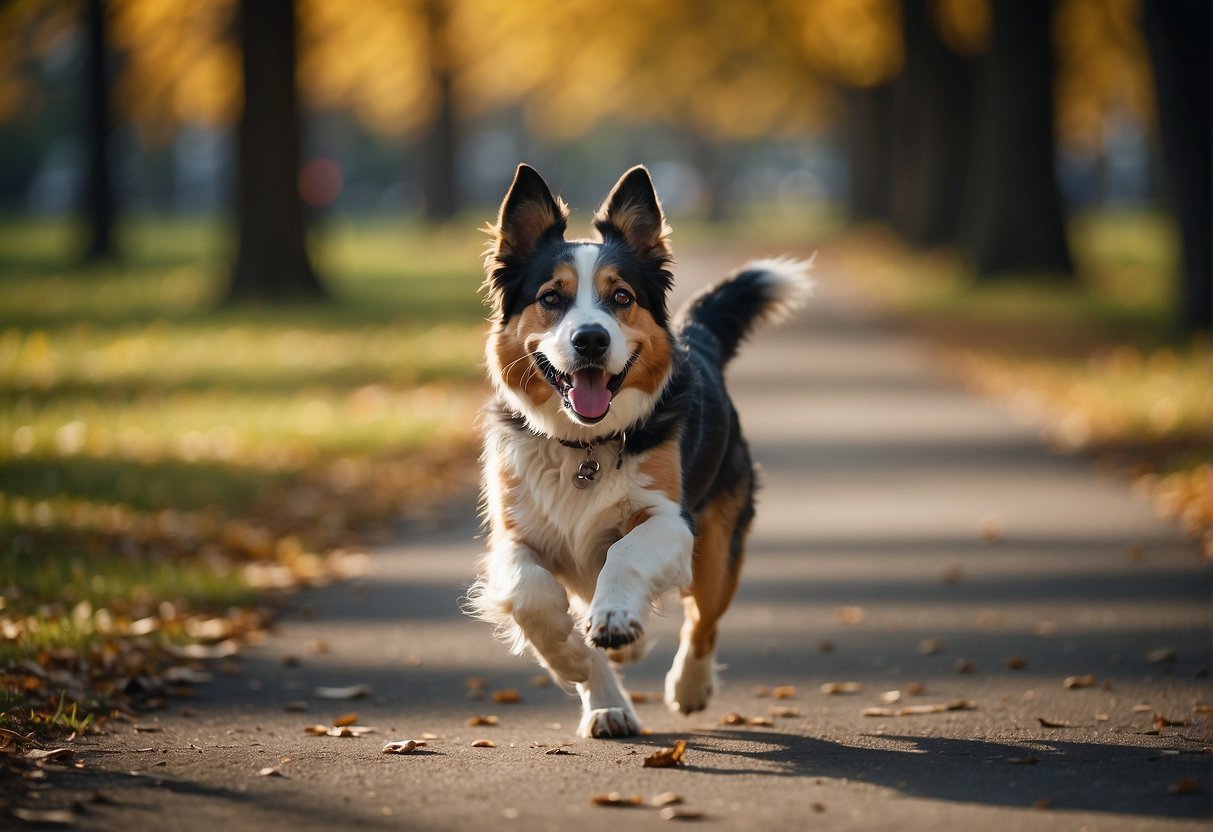
Effective recall training requires adapting to various scenarios that dogs might encounter.
Mastering recall in controlled conditions sets a solid foundation, after which introducing different levels of distractions ensures reliability.
This section explores effective methods to build up recall through incremental challenges.
Training in Low-Distraction Areas
Begin recall training in environments where distractions are minimal, like a fenced yard or quiet room.
Low-distraction areas reinforce recall basics without competing for the dog’s attention. They learn that coming back when called is both fun and rewarding.
Consistent practice using positive training techniques and gradual proofing of commands form the basis of a solid recall.
Gradually Introducing Distractions
Once the dog reliably responds in a low-distraction environment, it’s time to introduce more distractions incrementally.
This step involves practicing in places like a familiar neighborhood, where new sounds and smells add complexity.
The goal is to work up to distractions of increasing intensity, always rewarding the dog for successfully focusing on the recall command.
Recall Training in Challenging Environments
Finally, the training should simulate real-world complexities like busy roads or active parks.
These high-distraction environments test the dog’s ability to recall amidst strong temptations or unpredictable elements.
Strategic use of long lines for safety and controlled exposure to dynamic scenarios fortify the dog’s recall command, ensuring they return even when enticed by the environment.
Advanced Recall Challenges and Solutions
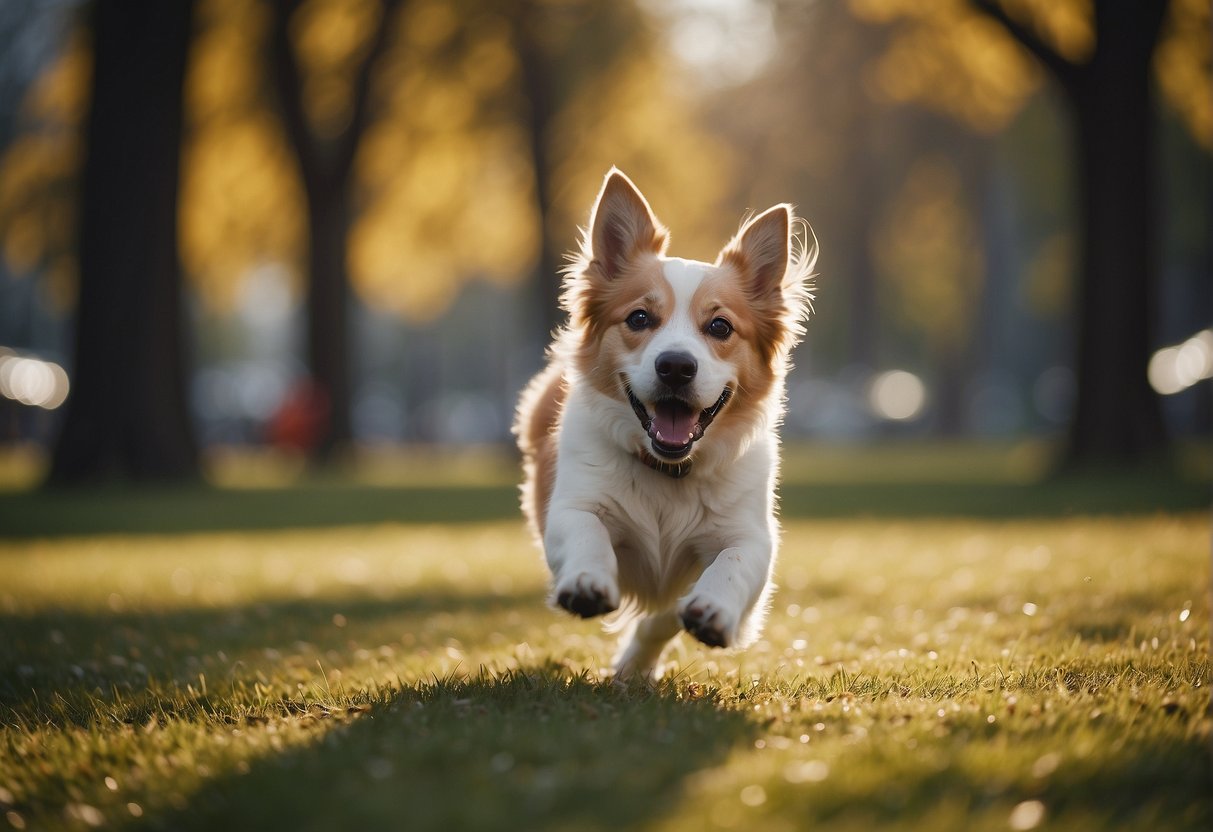
When it comes to advanced dog recall training, one might face several hurdles such as distracted dogs, emergency situations, and the dreaded “poisoned cue” (read on to discover what this means). Implementing sound strategies can overcome these challenges effectively.
Dealing with Distracted or Ignoring Dogs
Dogs often lose attention due to various distractions.
If a dog ignores recall commands, one must ensure the recall is more exciting than the current distraction. Techniques for dealing with such dogs include:
- Increasing the Value of Rewards: You could increase the value and move backwards and not be at a standstill to activate their prey drive.
- Controlled Environments: Start in an area with fewer distractions and gradually move to more challenging settings.
For instance, practices like the “Hot Potato” game, where family members call the dog back and forth and provide rewards, can teach them that responding to recall is beneficial.
Emergency Recall Situations
An emergency recall is a critical command that can protect a dog from harm.
It should be distinct from the regular recall and only used in severe situations. To train a dog for emergency recalls, one should:
- Choose a unique emergency recall word or sound.
- Practice only in safe, controlled conditions.
- Never associate this command with anything negative; it should always result in something positive.
Preventing and Overcoming a Poisoned Cue
A poisoned cue occurs when a dog associates a command with negative experiences, such as aversive training methods. To prevent or fix a poisoned cue:
- Stop using the poisoned cue and pick a different word or signal for recall.
- Pair the new recall cue with positive reinforcements and avoid harsh methods entirely.
- Ensure consistency in the recall training to build a robust and positive association.
Reinforcing Recall Training
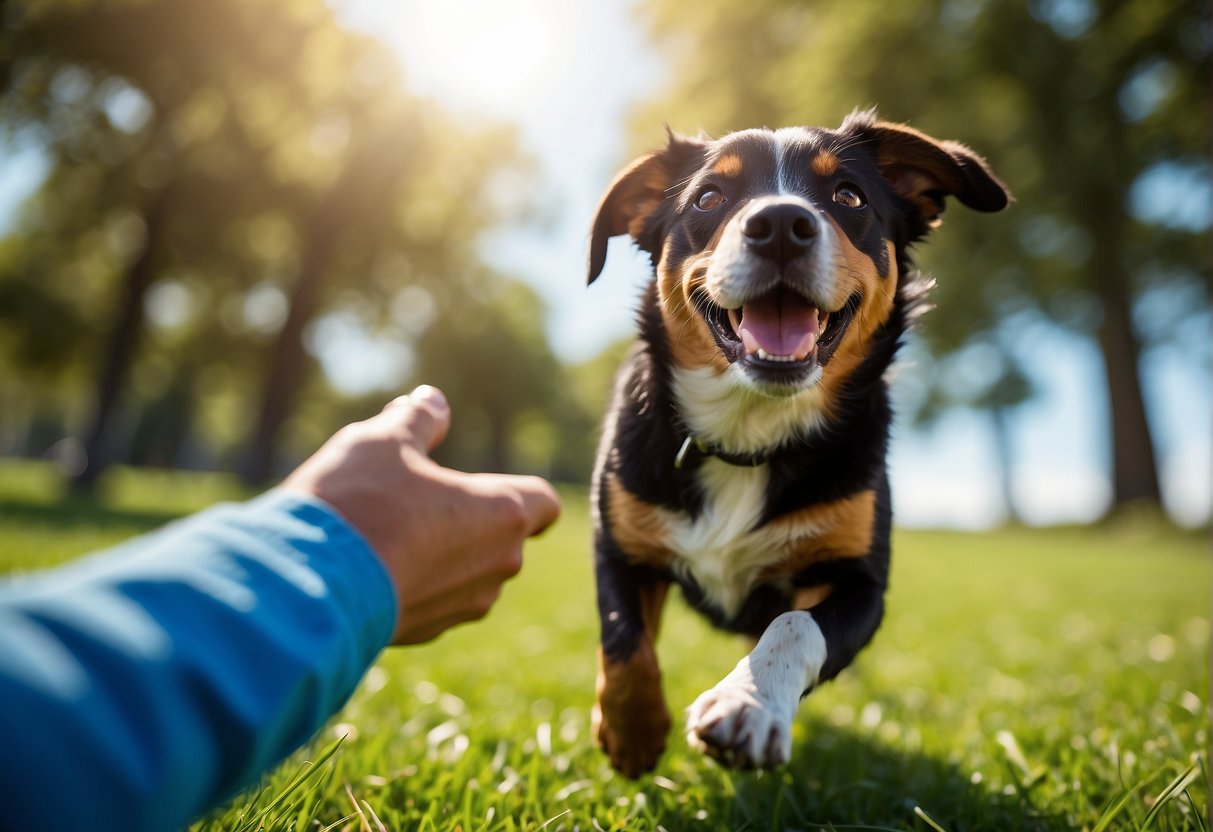
Reinforcing recall training is crucial to achieve a reliable response from a dog. This ensures the dog’s safety and fosters obedience through consistent practice and engaging teaching methods.
Consistent Practice and Repetition
To reinforce recall, one must prioritize consistent practice and repetition.
Daily training sessions, about 10 minutes long, will solidify the recall command.
Training tips suggest starting in a quiet environment to minimize distractions. Then, the complexity of the environment gradually increases as the dog improves.
Reinforcing the behavior in different settings helps establish a reliable recall.
Using Games to Reinforce and Teach
Incorporating recall games is a strategic way to reinforce training while keeping it enjoyable.
Games such as ‘hide and seek’ or ‘recall between two people’ (often called the “Hot Potato” game) can be highly effective.
Generous verbal rewards should follow each success.
This approach energizes your dog and strengthens their obedience through play, making the experience positive and memorable.
Troubleshooting Common Recall Issues
When facing common recall issues, one should assess their strategy and identify potential gaps in training.
For instance, if a dog seems distracted, training might need to be revisited in a controlled environment or with fewer distractions.
It is essential to use negative reinforcement carefully and consistently to avoid confusing the dog.
Instead, trainers should remain patient and persistent, as troubleshooting recall training is vital to teaching recall commands.
Safety and Legal Considerations
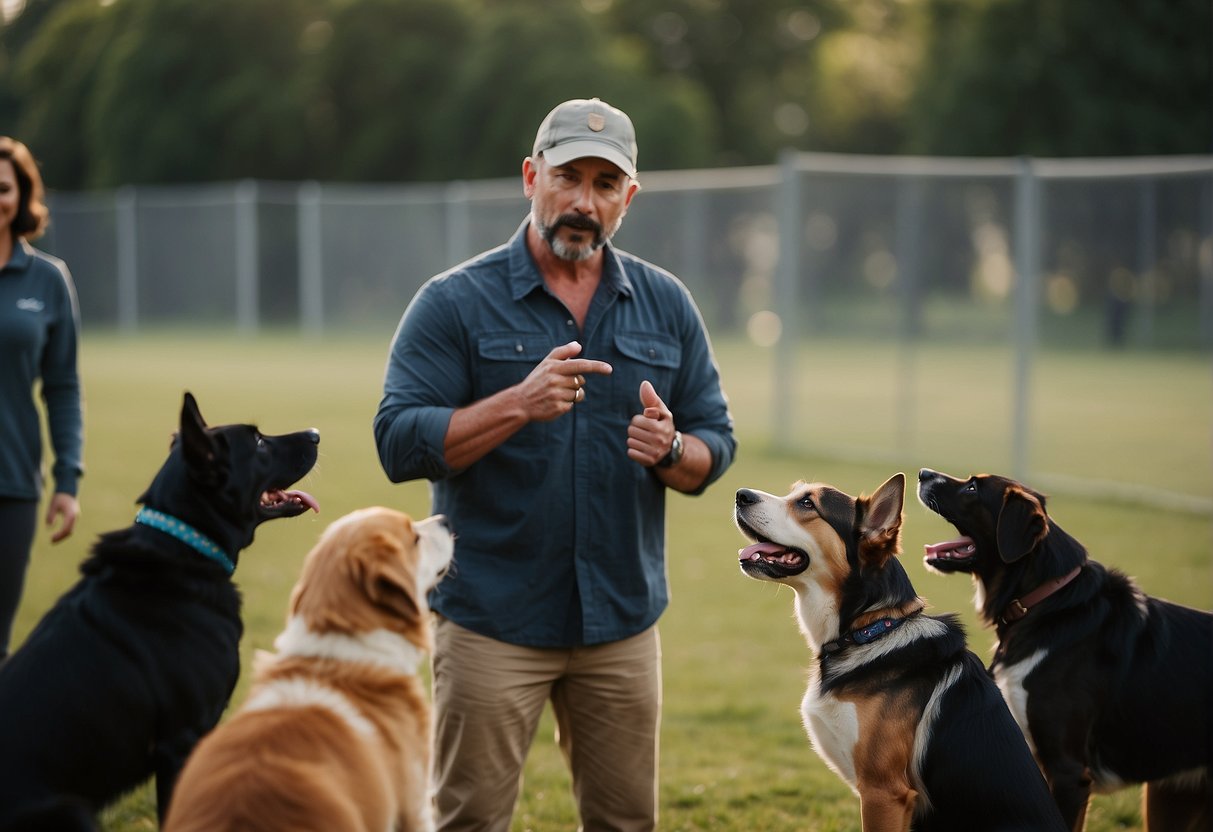
When training a dog to respond reliably to recall commands, it is important for owners to not only keep their dogs safe but also abide by local leash laws and regulations.
This compliance ensures the safety of both the dog and community while achieving the training goal.
Understanding Leash Laws and Regulations
Different areas have specific leash laws that dictate when and where dogs must be leashed.
These regulations are put in place to protect the public, other animals, and the dogs themselves.
Owners should familiarize themselves with these laws in their local area to avoid fines and legal issues.
For instance, in many urban areas, dogs must always be on a leash in public spaces, unless in a designated off-leash area.
Keeping Your Dog Safe from Harm
The primary goal of recall training is to ensure a dog’s safety.
Training should be done gradually, starting in a secure environment, and only progressing to off-leash training in legal open areas once a dog consistently responds to recall commands.
Owners should:
- Keep their dog on a leash in areas with potential hazards like traffic or wildlife.
- Ensure their dog’s recall is reliable before allowing them to off-leash in any area, even those designated for dogs.
- Be vigilant and proactive in preventing situations where a dog could wander off and face potential dangers.
The Long-Term Perspective
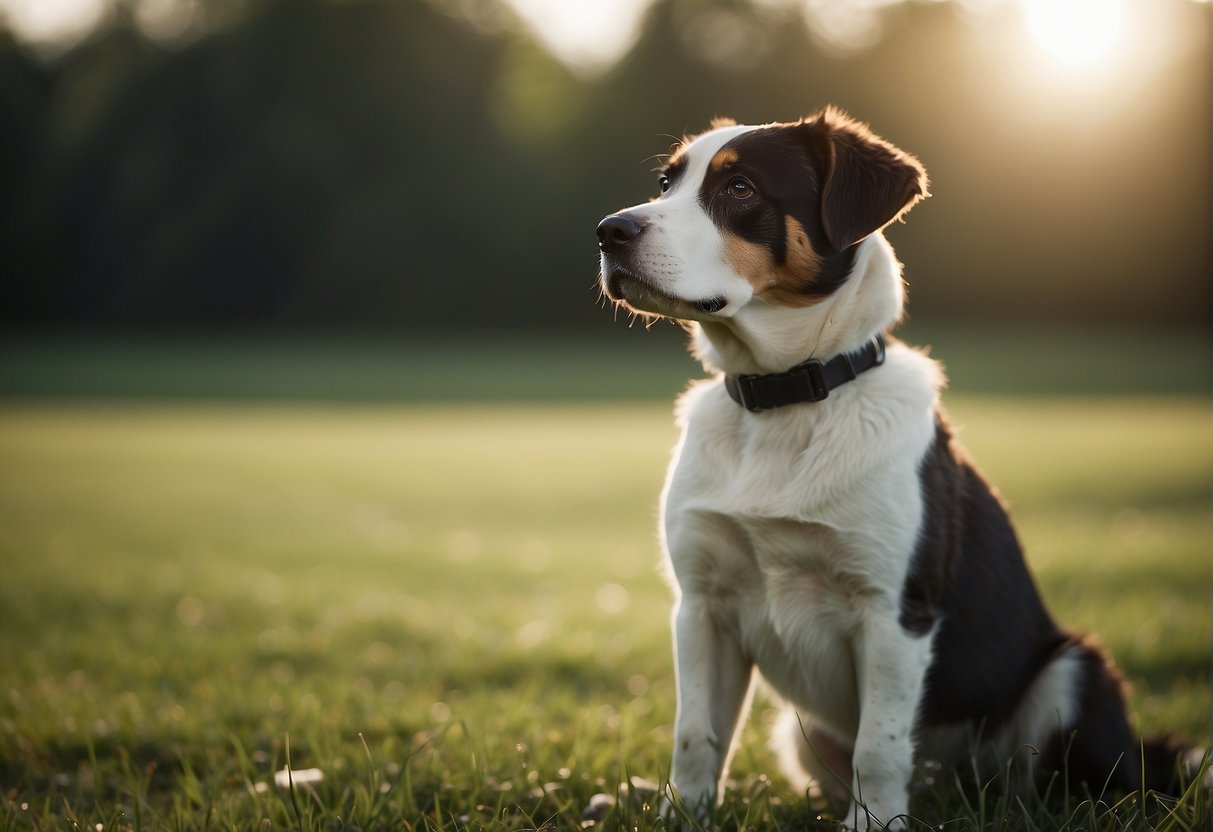
Training your dog to have a perfect recall is an ongoing process that can significantly enhance the safety and quality of life for both the dog and the owner.
Maintaining Recall Training Over Time
Over time, dogs may experience a decrease in their recall responsiveness if the behavior is not reinforced consistently.
Owners should routinely practice recall exercises, ensuring the behavior remains reliable regardless of the environment or distractions.
This includes engaging in recall practice in areas with different levels of distractions, and gradually increasing the difficulty as the dog shows consistent success.
Scheduled training sessions are indispensable for long-term recall reliability.
It is recommended to incorporate recall training into the dog’s daily routine, ranging from spontaneous calls during a walk to structured training sessions designed solely for reinforcing this command.
A well-maintained recall response is the result of an ongoing commitment to training.
One should conduct intermittent recalls even when it’s not necessary, simply to reinforce the behavior.
Treats and favorite toys can be very effective rewards, creating a positive association with the act of returning when called.
Building a Lasting Bond Through Trust and Training
The foundation of a lasting bond between a dog and its owner is built on trust.
Through consistent training, dogs learn to trust their owners and feel more secure in their environment.
An owner who takes the time to train their dog to respond reliably to recall is essentially establishing a safe, trust-filled relationship.
Trust is enhanced when the owner is predictable and compassionate.
By always rewarding the dog’s return, the dog learns that following the recall command is safe and rewarding.
Bonding is further strengthened when training sessions are positive and enjoyable experiences for the dog, devoid of negative consequences or punishment.
Frequently Asked Questions
Training your dog to have a reliable recall is a critical skill that can ensure their safety and enhance your mutual enjoyment. This section addresses common questions on teaching recall effectively.
How can I teach recall to a stubborn dog?
For a stubborn dog, consistency in training is key.
One should use high value treats and start in a space with minimal distractions.
Reward your dog immediately upon their return to reinforce positive behavior.
What methods improve dog recall amidst distractions?
Gradually introducing distractions during training sessions can improve dog recall.
Reward-based techniques, such as praise commands, encourage dogs to focus on their handler despite external stimuli.
At what age should I start teaching my puppy recall?
Recall training can start as early as 7-8 weeks of age.
Puppies have an instinct to follow their people, which can be leveraged to teach recall early in a puppy’s life.
What techniques help a dog learn to recall more quickly?
Utilizing frequent, short training sessions and incorporating games like ‘Hot Potato’ with family members can accelerate recall learning.
This technique involves taking turns calling the dog and rewarding them.
Which recall command words are the most effective for training dogs?
The most effective recall commands are short, distinct, and consistently used.
Typical commands include “come,” “here,” or a dog’s name. Consistency with verbal cues is essential for successful recall training.
How can I ensure my dog consistently responds when called?
To ensure a consistent response, practice recall in various settings and with varying levels of distraction. Reinforce success with praise rewards.
Also, avoid calling your dog for adverse outcomes.
